War relics exhibition: Vietnam’s Path to Reunification
The display of historical relics helps educate younger generations about the losses and struggles of the Vietnamese people for today's independence and happiness.
THE HANOI TIMES — Hundreds of artifacts associated with Reunification Day (April 30, 1975) are currently on display at the Vietnam Military History Museum .
These items serve as living witnesses to history, educating younger generations about the rich legacy of Vietnamese history and serving as a poignant reminder of the momentous occasion when the country achieved reunification 50 years ago.
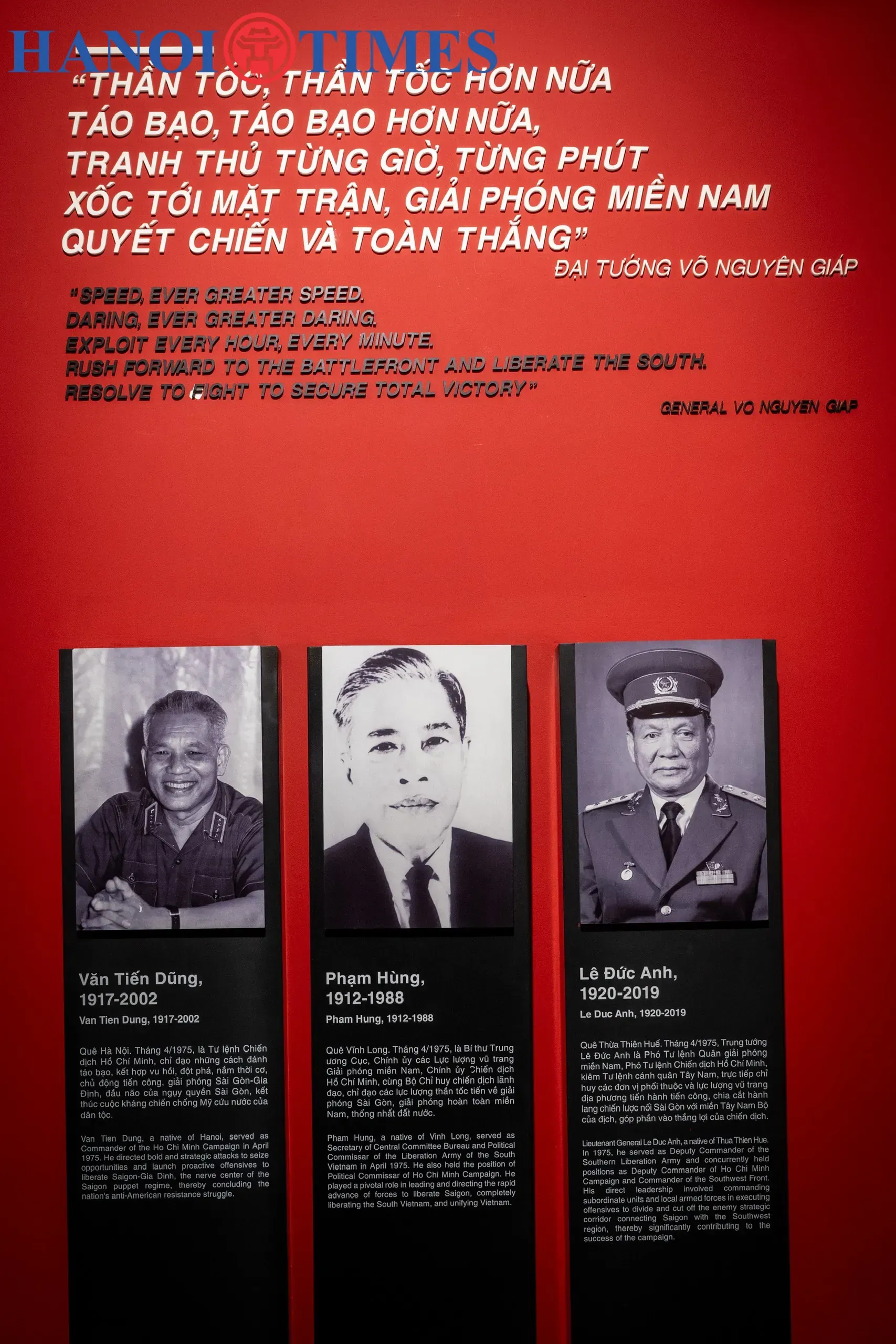
Central to this historical narrative is General Vo Nguyen Giap's call for the entire nation to unite in the Ho Chi Minh Campaign of April 26-30, 1975. In photo: Van Tien Dung (left), Commander of the Ho Chi Minh Campaign; Pham Hung (center), Political Commissar of the Campaign Command; Le Duc Anh (right), Deputy Commander of the Ho Chi Minh Campaign, who led the 232nd Division - one of the five main wings that entered Saigon in late April 1975. Photos: Huy Pham/The Hanoi Times
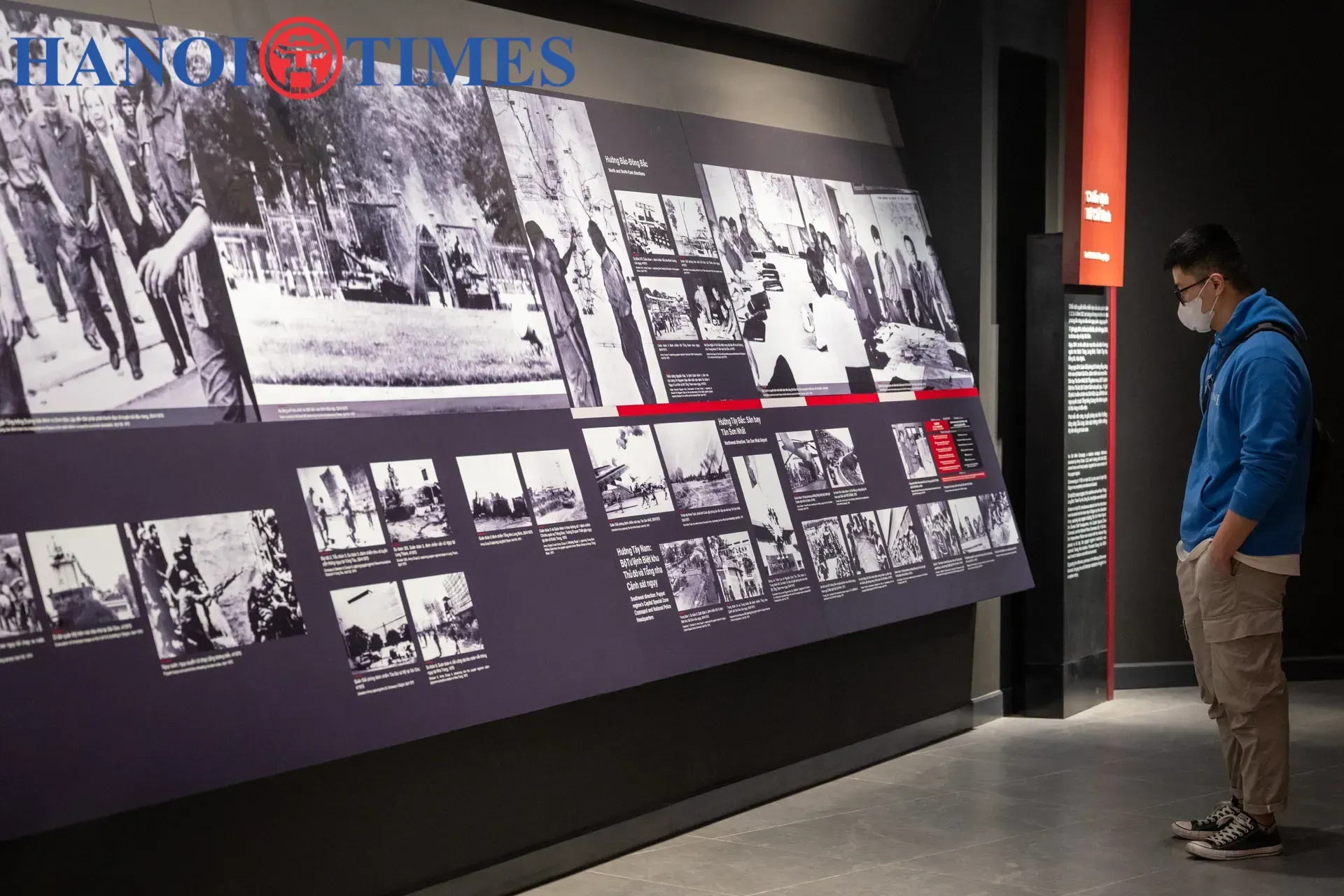
The campaign witnessed the advance of the Vietnamese People's Army from the north to liberate the south, culminating in the success that ended the war against the US (1954-1975).
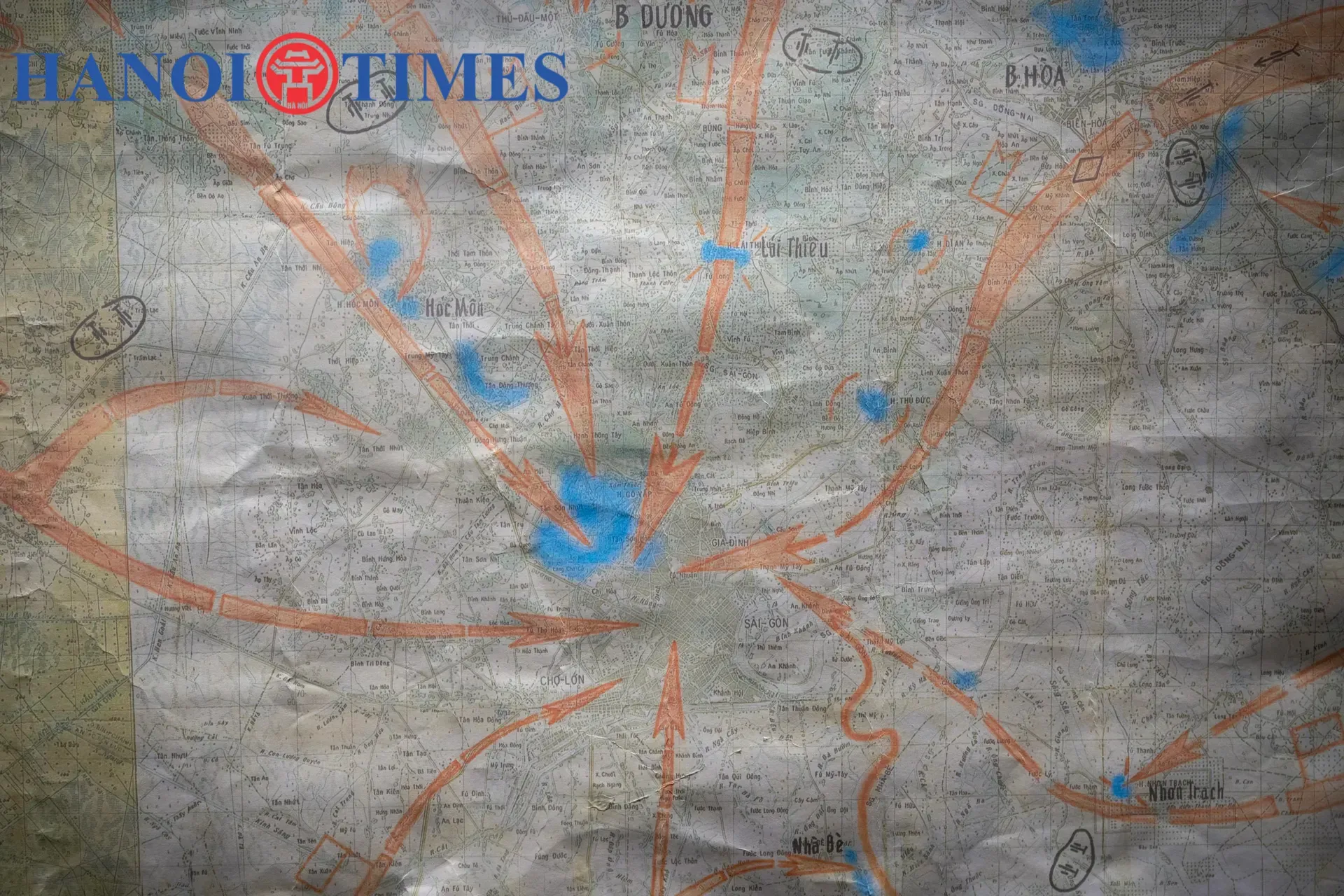
This map illustrates the strategic movements of troops entering Saigon during the Ho Chi Minh Campaign of 1975.
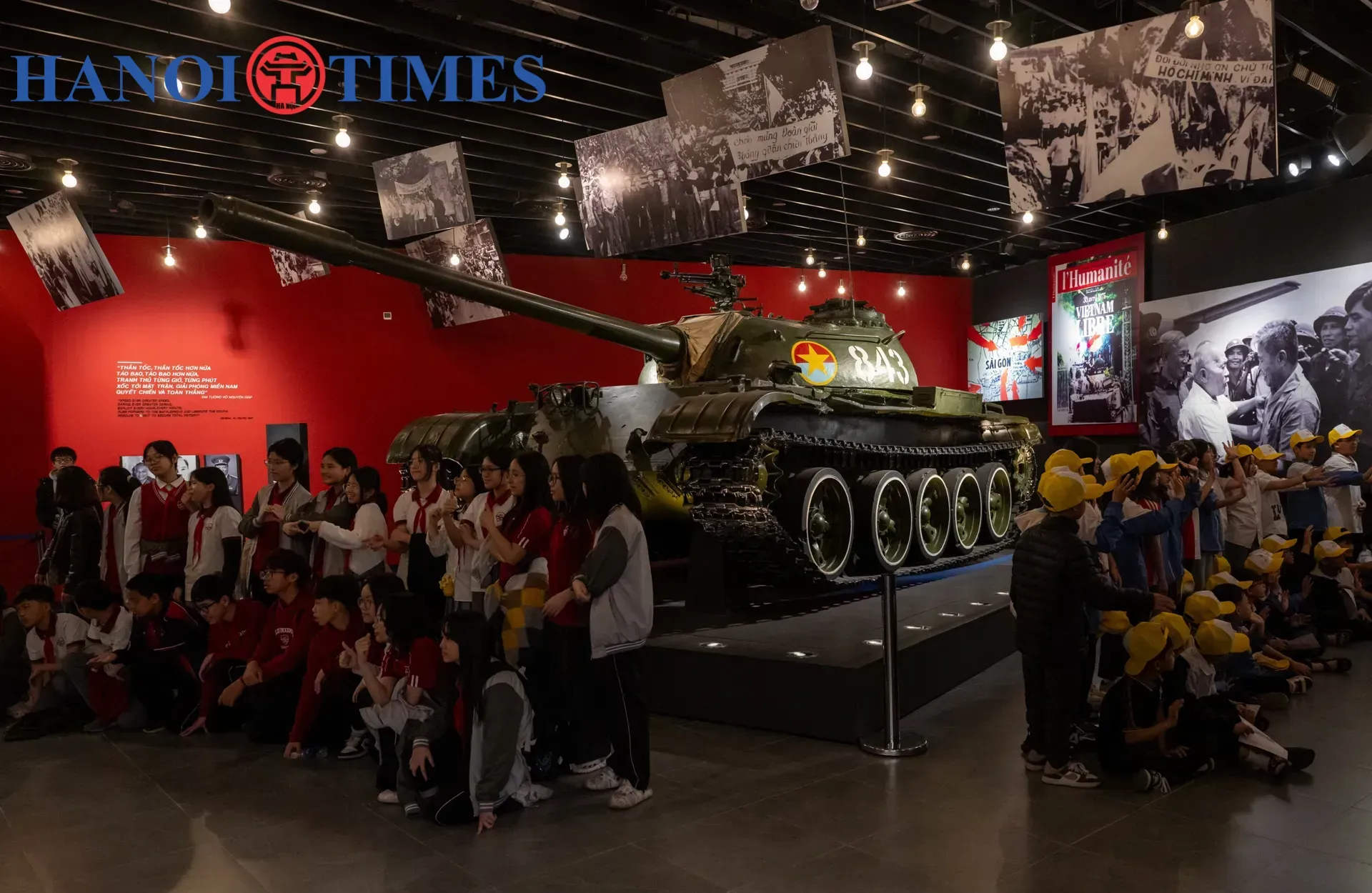
One of the most iconic artifacts on display is the T-54B tank, number 843, which crashed the gates of the Independence Palace at noon on April 30, 1975.

Also on display is the jeep driven by Captain Pham Xuan The, Deputy Commander of Regiment 66, which was seized from the fleeing US forces and driven into the Independence Palace at the pivotal moment of reunification.
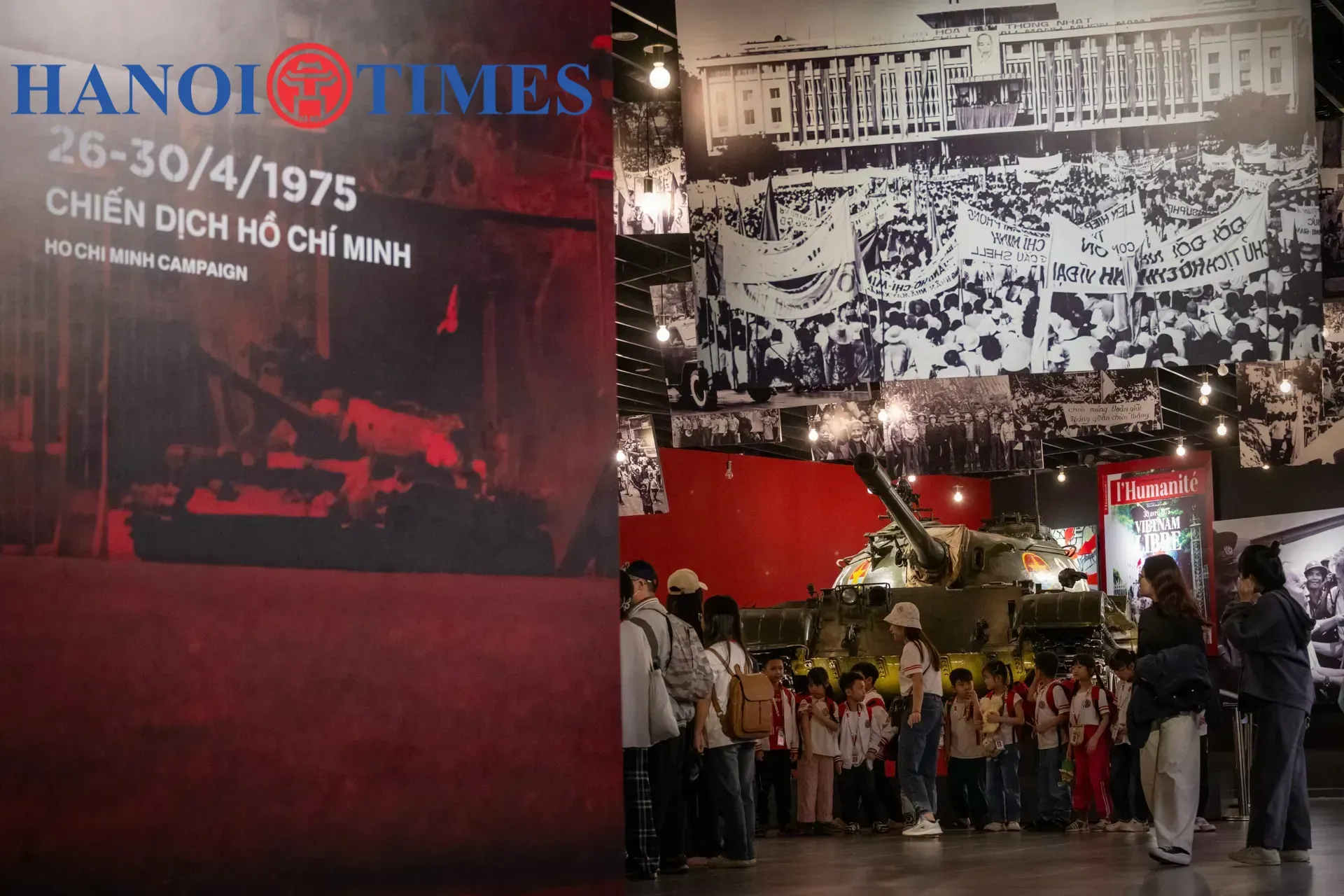
At precisely 11:30 AM on April 30, 1975, Duong Van Minh, then President of the Saigon government, made his historic declaration from the Saigon Radio studio: "I, Duong Van Minh, President of the Government of Saigon, call upon the Army of the Republic of Vietnam to lay down its arms and surrender unconditionally to the Liberation Army. I declare that the government of Saigon, from the central to the local level, is dissolved and transferred to the Provisional Revolutionary Government of South Vietnam."
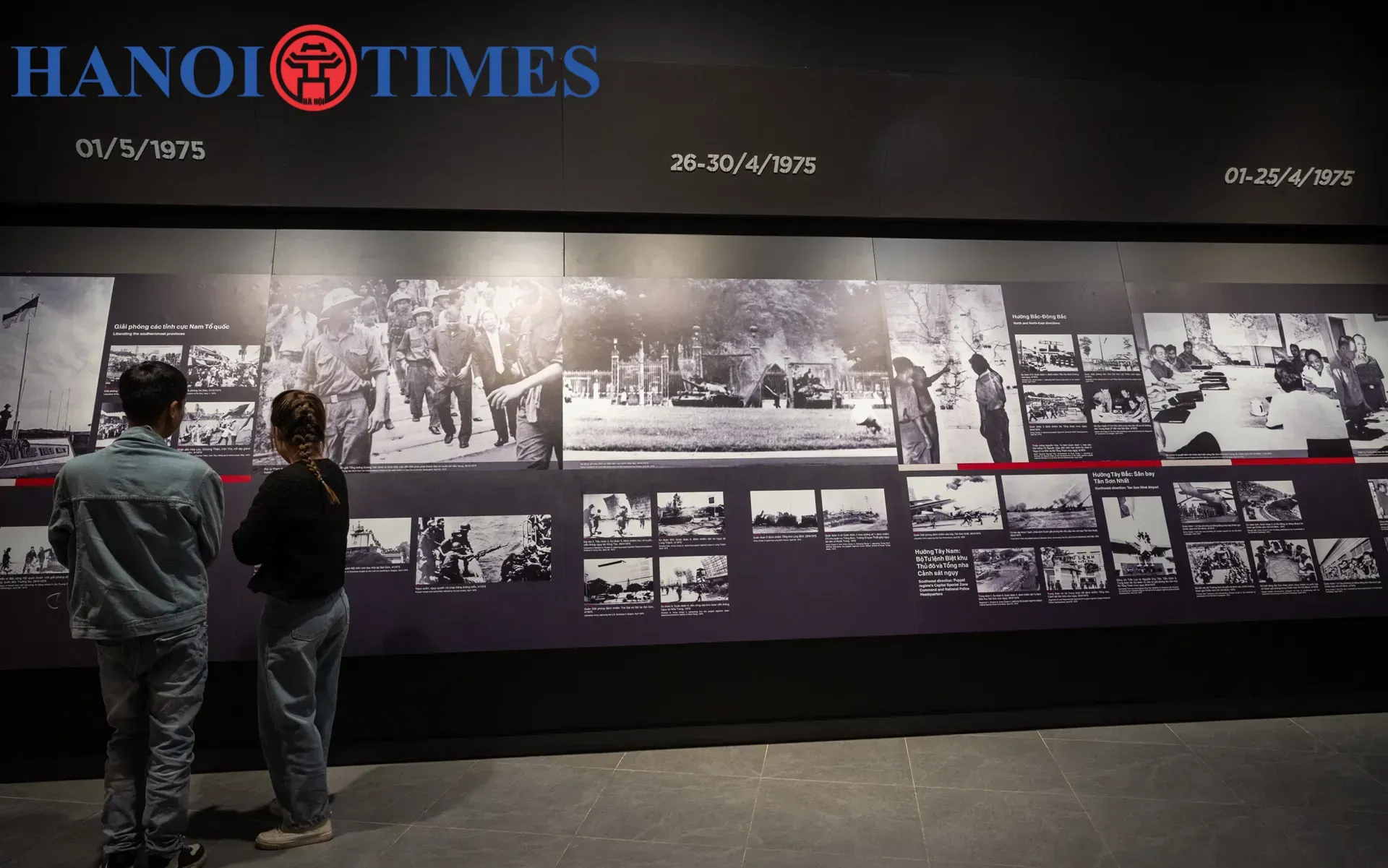
Noon on April 30, 1975, marked the moment when Vietnam became fully reunified and achieved lasting independence from the United States.
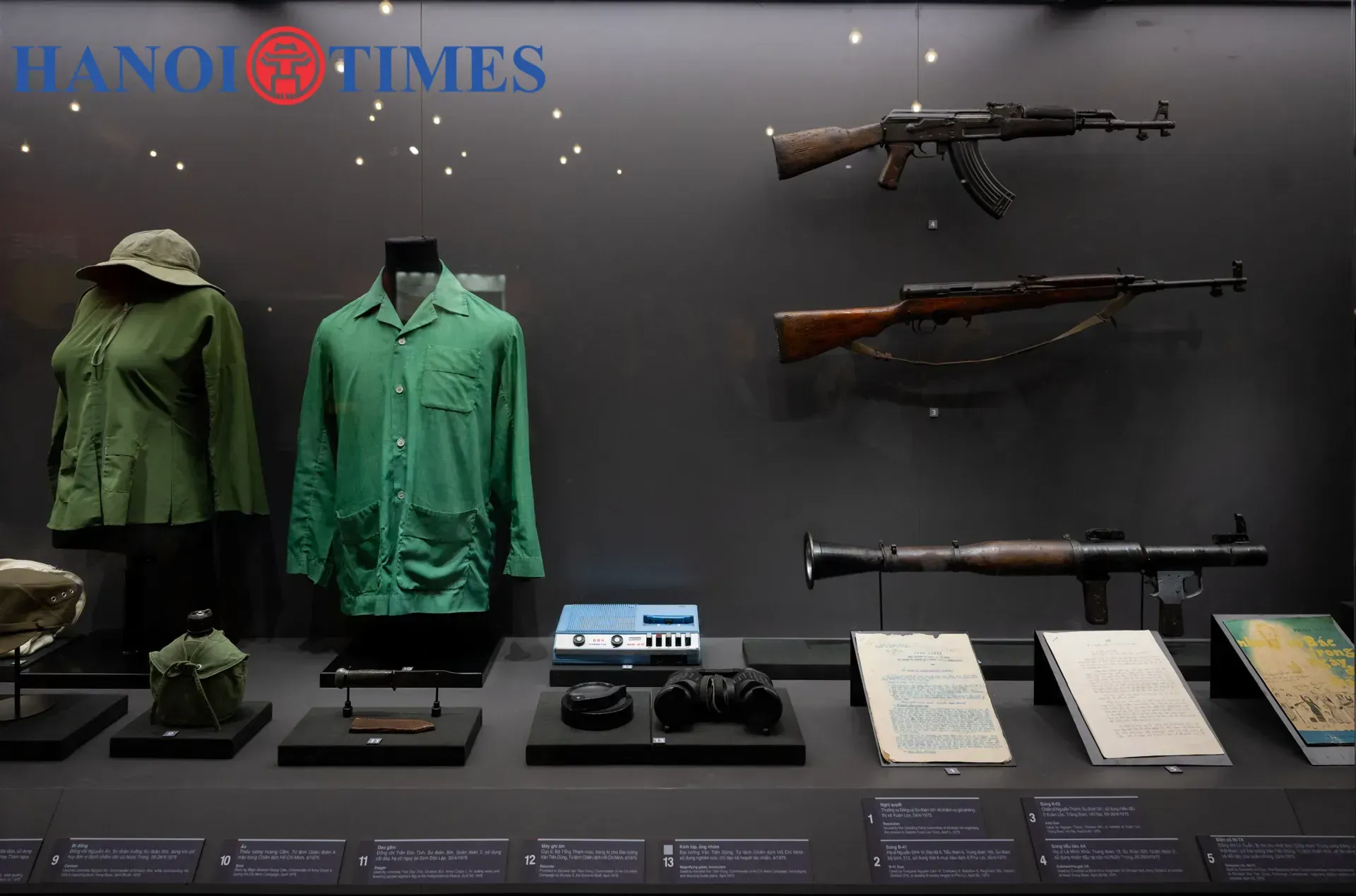
The museum also showcases personal relics, such as letters and belongings, that vividly recount the sacrifices and bravery of revolutionary soldiers.
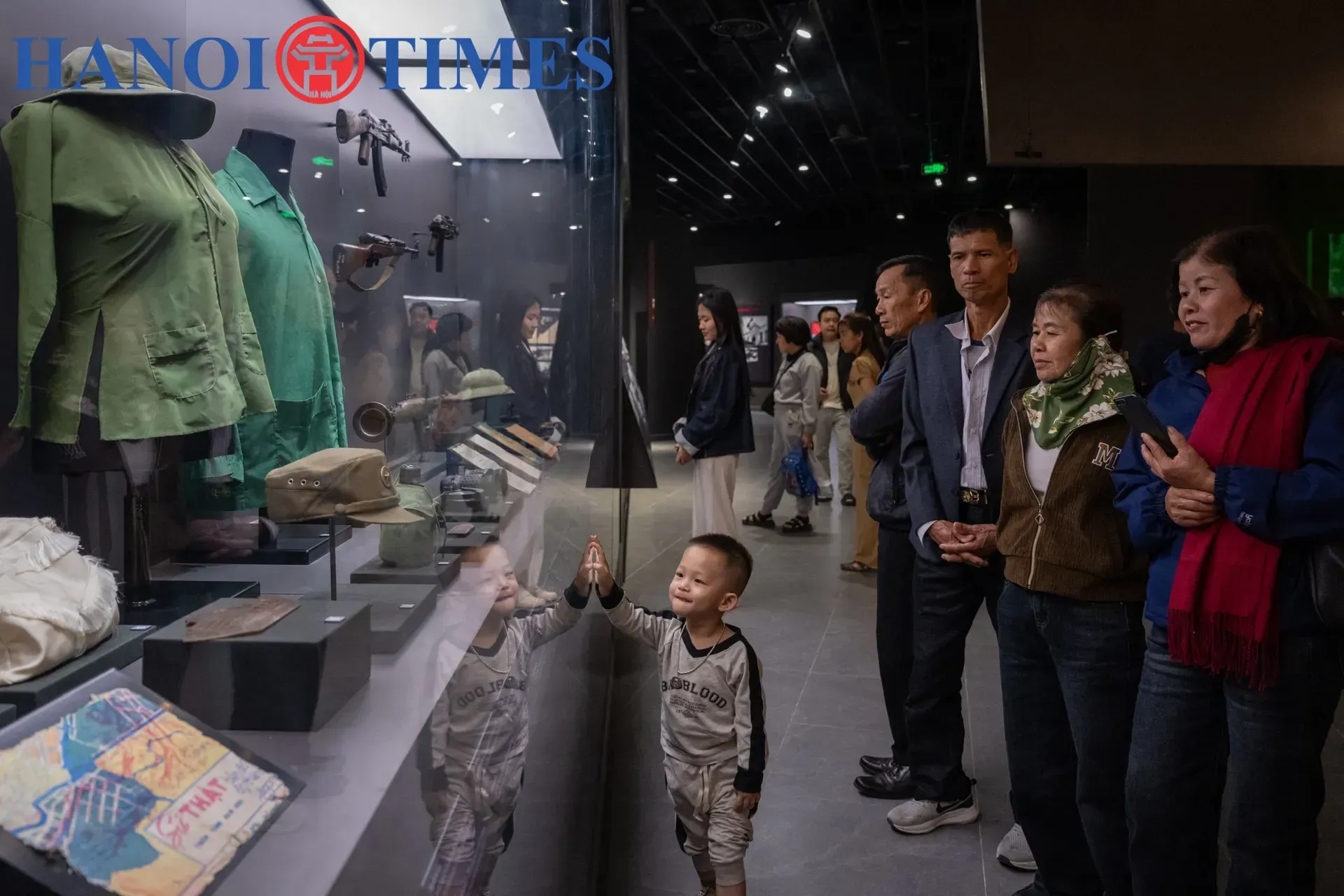
These artifacts provide a deep connection to the past and highlight the indomitable spirit of the Vietnamese people in their struggle for freedom and reunification.
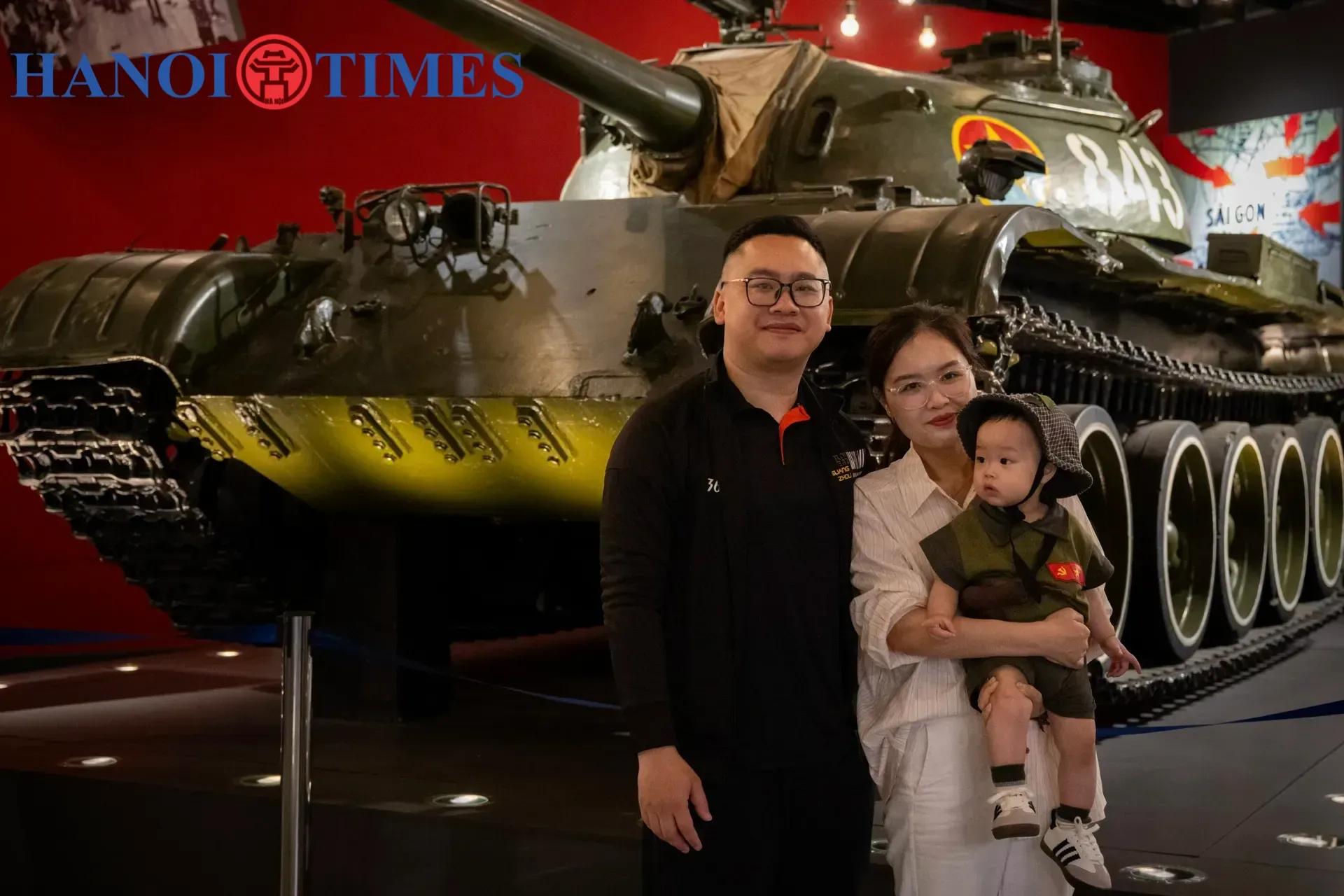
Families, including young children, visit the museum to explore and commemorate the 50th anniversary of the country’s reunification.
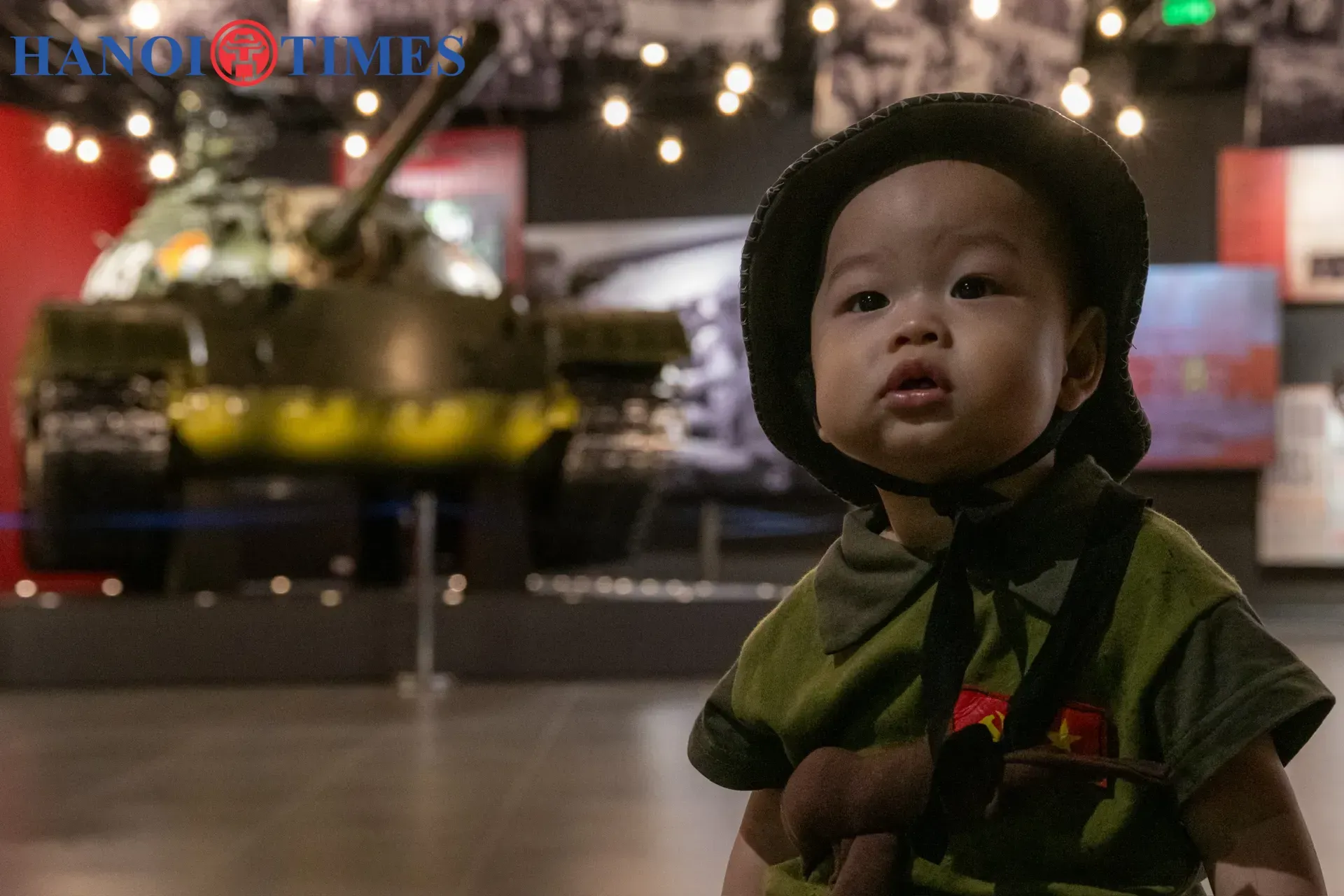
A child and his parents visit the Military History Museum.
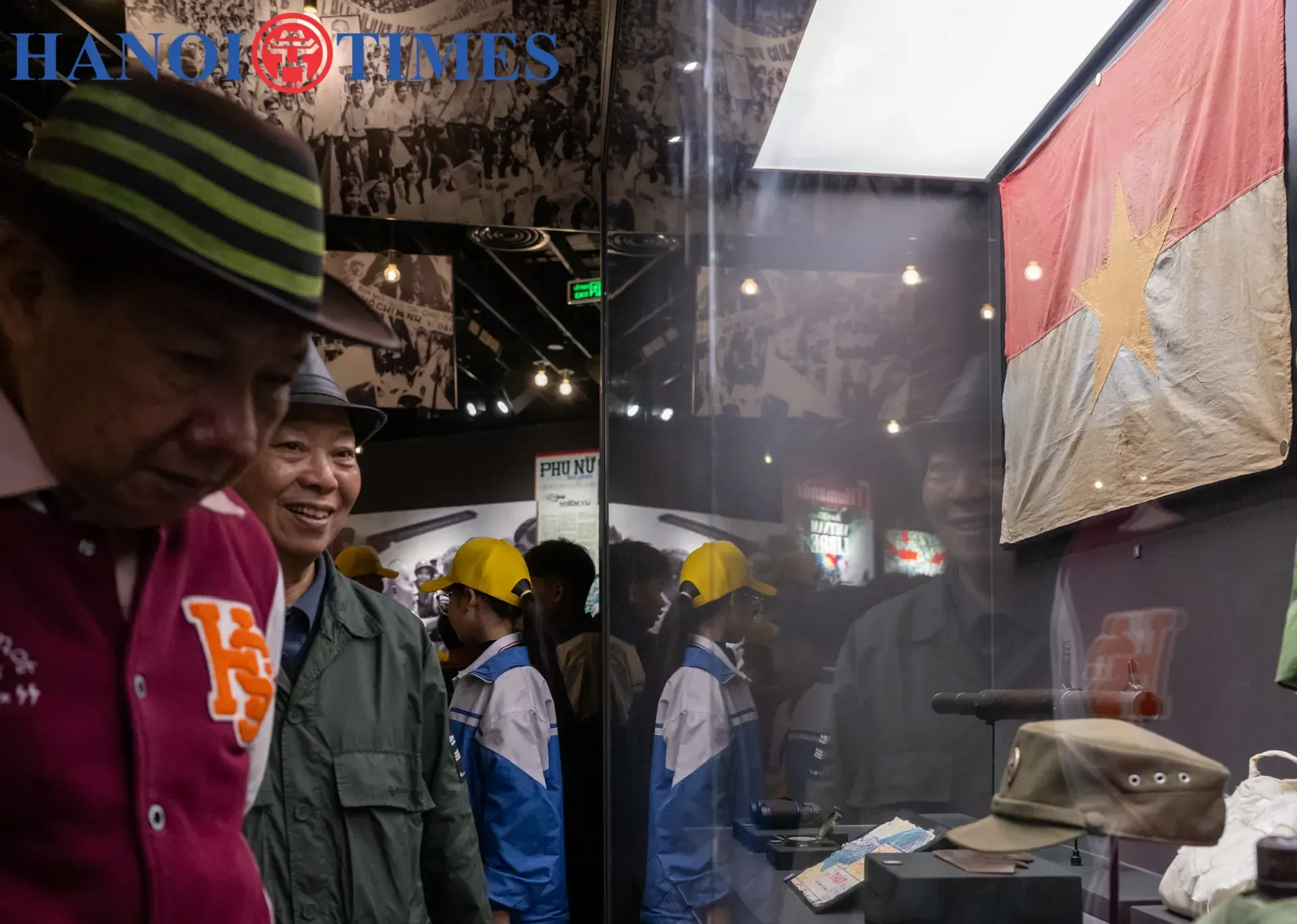
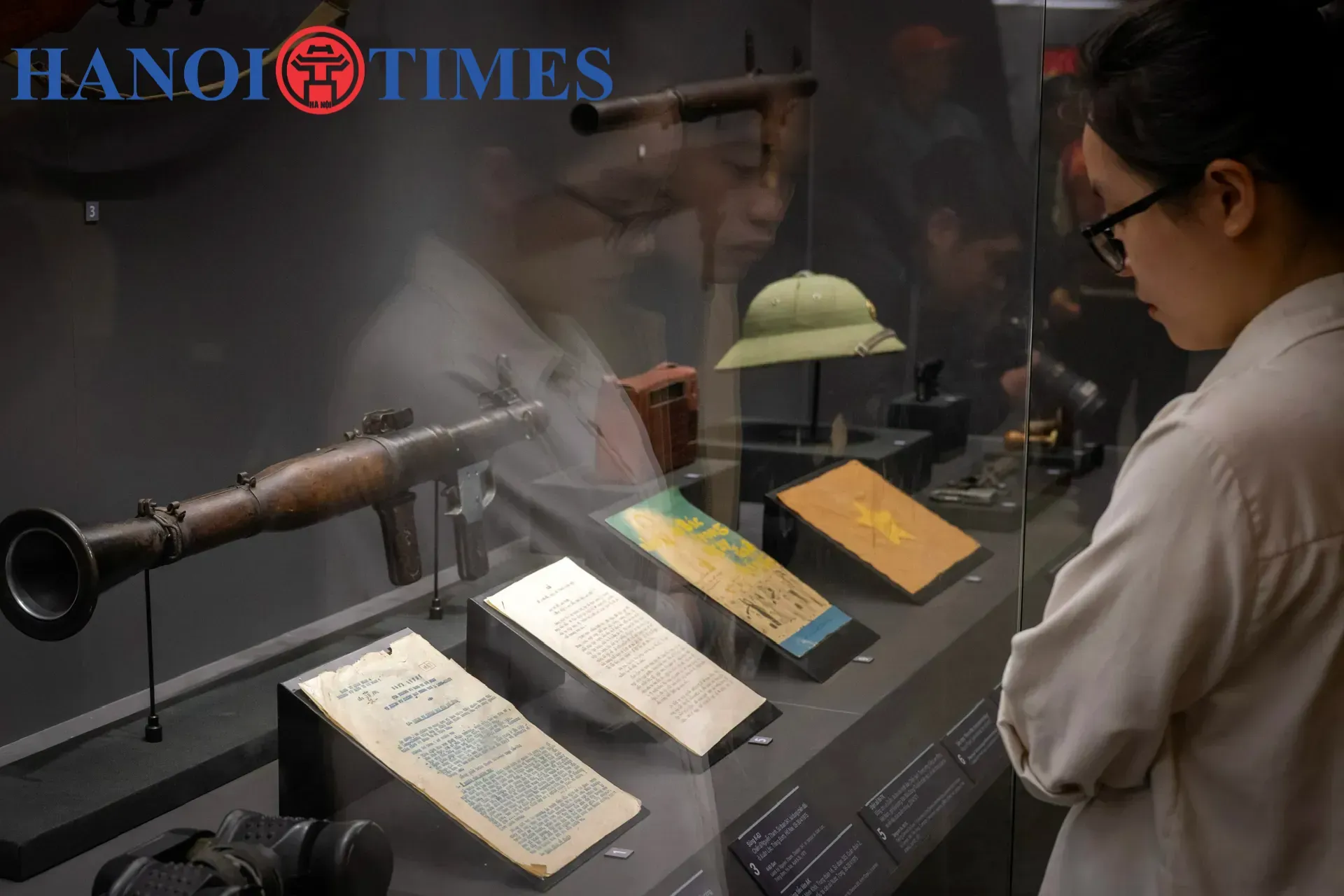
....while sparking curiosity and learning in younger generations.
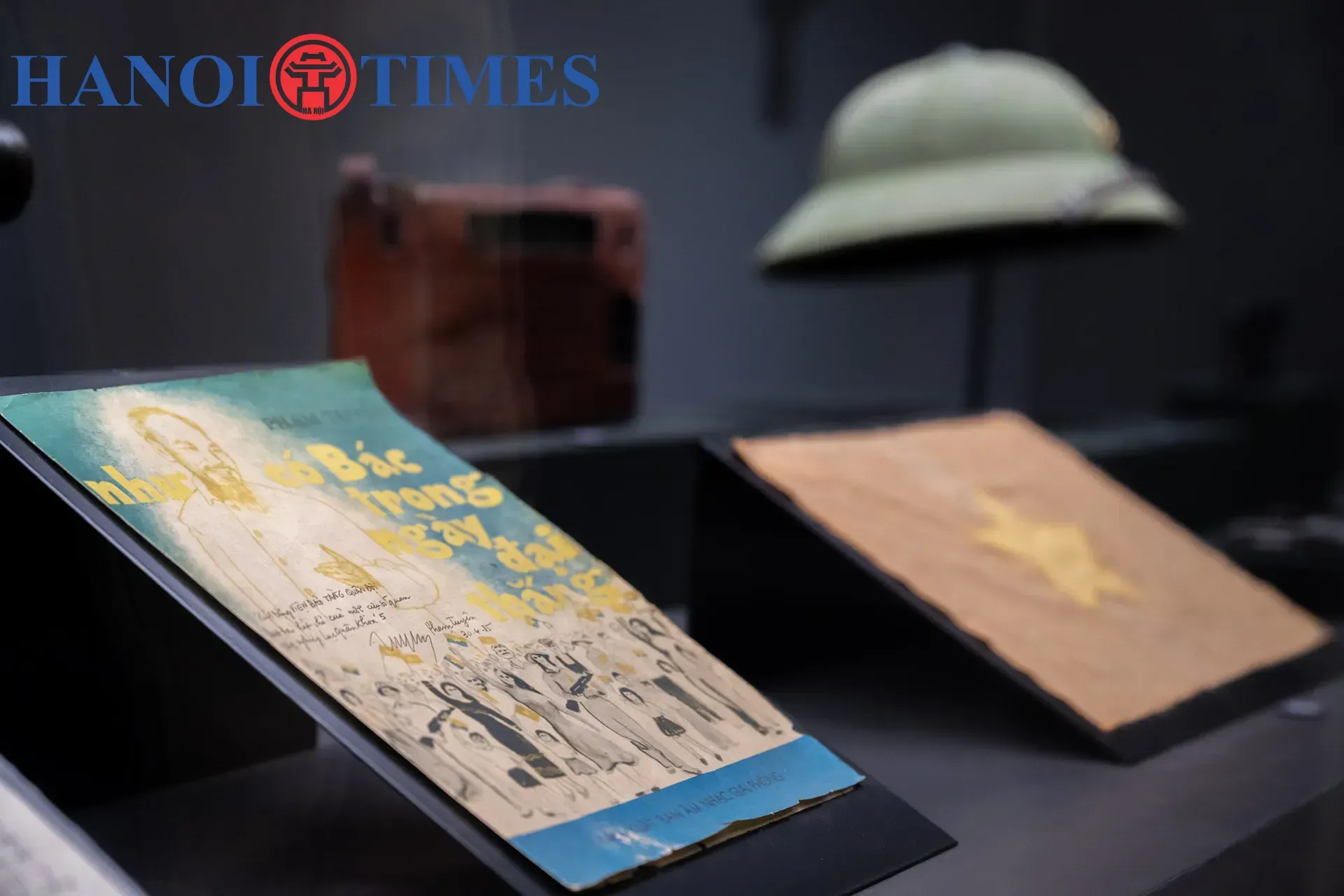
War relics not only offer historical insight, but also foster an appreciation for the value of peace in contemporary Vietnam.
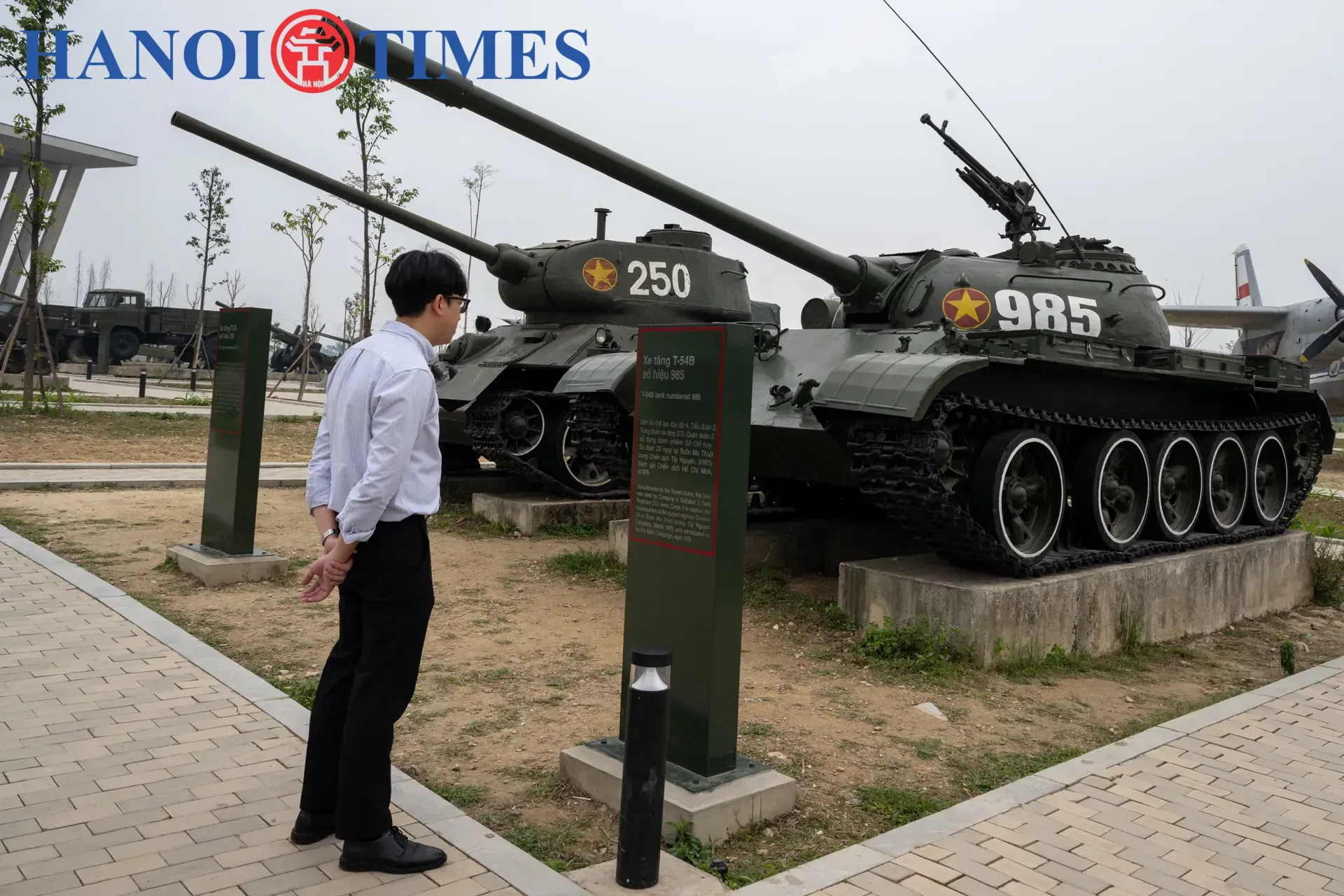
Through these enduring symbols, the younger generation gains a deeper understanding of the sacrifices that made today’s peaceful, unified Vietnam possible.










